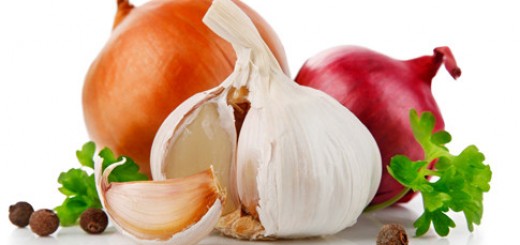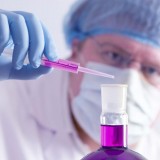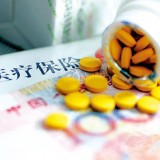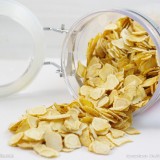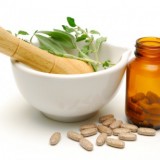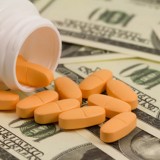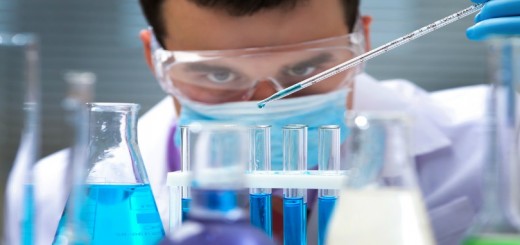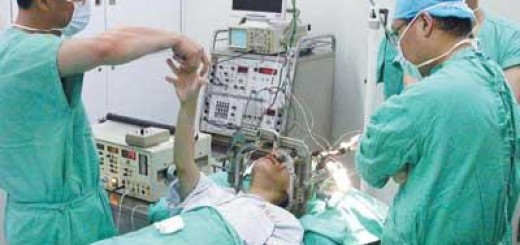达玛烷苷元PPD和PPT是达玛烷皂苷经过代谢后,去除侧链糖基后的最终代谢产物,既往的研究已经表明,达玛烷苷元比皂苷的活性增加5-10倍。
但是达玛烷苷元是脂溶性的,难溶于水,因此,其口服的吸收率较低。中国医科院江苏分院研究发现:由于其难溶性和肠道吸收后的肝脏首过代谢效应,普通PPD口服的生物利用度较低。因此,需要一种新型的制剂来增加达玛烷苷元PPD的吸收率。
滴丸采用了固相分散和共溶技术,能够大大提高难溶性物质的溶解度。在滴丸中,达玛烷苷元PPD能够以微小分子的形式均匀分散在制剂中(固相分散技术)。当滴丸的水溶性基质在消化道溶解时,PPD也以分子形式快速释放,并在水溶性基质的帮助下,溶解在消化液中,从而被口腔粘膜或消化道上皮快速吸收。如果在舌下口服,它能规避了肝脏的首过代谢效应,大大提高滴丸的吸收率。
相关研究发表于2013年第3期的《药理学报》,其摘要如下:
在这项研究对20( S) – 原人参二醇( PPD)生物制药性能进行了研究。首先,采用平衡溶解度和PPD的表观油/水分配系数来预测PPD在体内的吸收。与此同时,利用Caco-2细胞模型和单通肠灌流模型来研究细胞膜对PPD的通透性和吸收窗口。此外,研究PPD在体内的生物利用度和代谢性质。
结果表明, PPD是难溶于水的,在水中的平衡溶解度仅为35.24毫克x长(-1) 。油水分配系数为46.21 ( logP值= 1.66 ) 。通过Caco-2细胞模型,结果表明吸收后的PPD也能够流出细胞。空肠-回肠-结肠原位肠灌注模型的结果显示, PPD在肠道的吸收好,有效渗透系数分别为十二指肠>空肠>回肠>结肠。 但是,PPD的口服生物利用度仅为29.39 % 。
代谢研究表明PPD在体内被广泛代谢,PPD较低口服生物利用度的主要因素是溶解性差和首过效应。
[Polybasic research on the biopharmaceutical characteristics of 20 (S)-protopanaxadiol].
Yao Xue Xue Bao. 2013 Mar;48(3):411-6
Abstract
In this study, the biopharmaceutical properties of 20 (S)-protopanaxadiol (PPD) were studied. Firstly, the equilibrium solubility and apparent oil/water partition coefficient of PPD were used to predict the absorption in vivo. Meanwhile the membrane permeability and absorption window were studied by Caco-2 cell model and single-pass intestinal perfusion model. Furthermore, the bioavailability and metabolism were combined to study the absorption properties and metabolic properties in vivo. All of them were used to provide theoretical and practical foundation for designing PPD preparation. The results showed that PPD is poorly water-soluble, and the equilibrium solubility in water is only 35.24 mg x L(-1). The oil-water partition coefficient is 46.21 (logP = 1.66). By Caco-2 cell model, the results showed PPD uptake in general, and it also has efflux. By in situ intestinal perfusion model, the results showed that the absorption of PPD in the intestine is good, and the effective permeability coefficient were duodenum > jejunum > ileum > colon. The oral bioavailability of PPD was 29.39%. It was not well. Metabolic studies showed PPD in vivo presented a wide spread metabolism. So the main factors that restricted oral bioavailability of PPD were the poor solubility and first-pass effect.



















